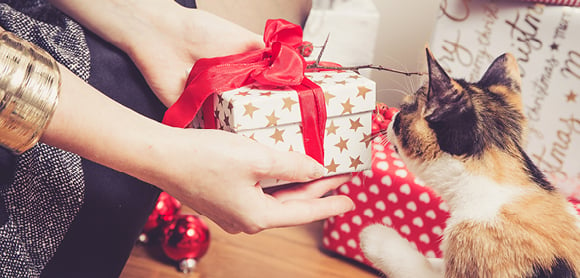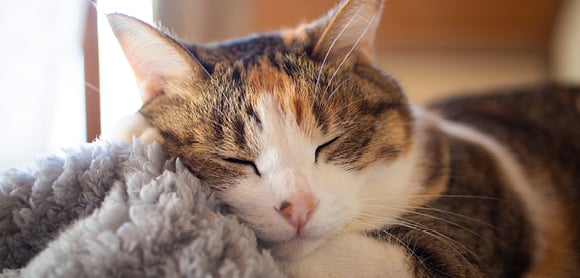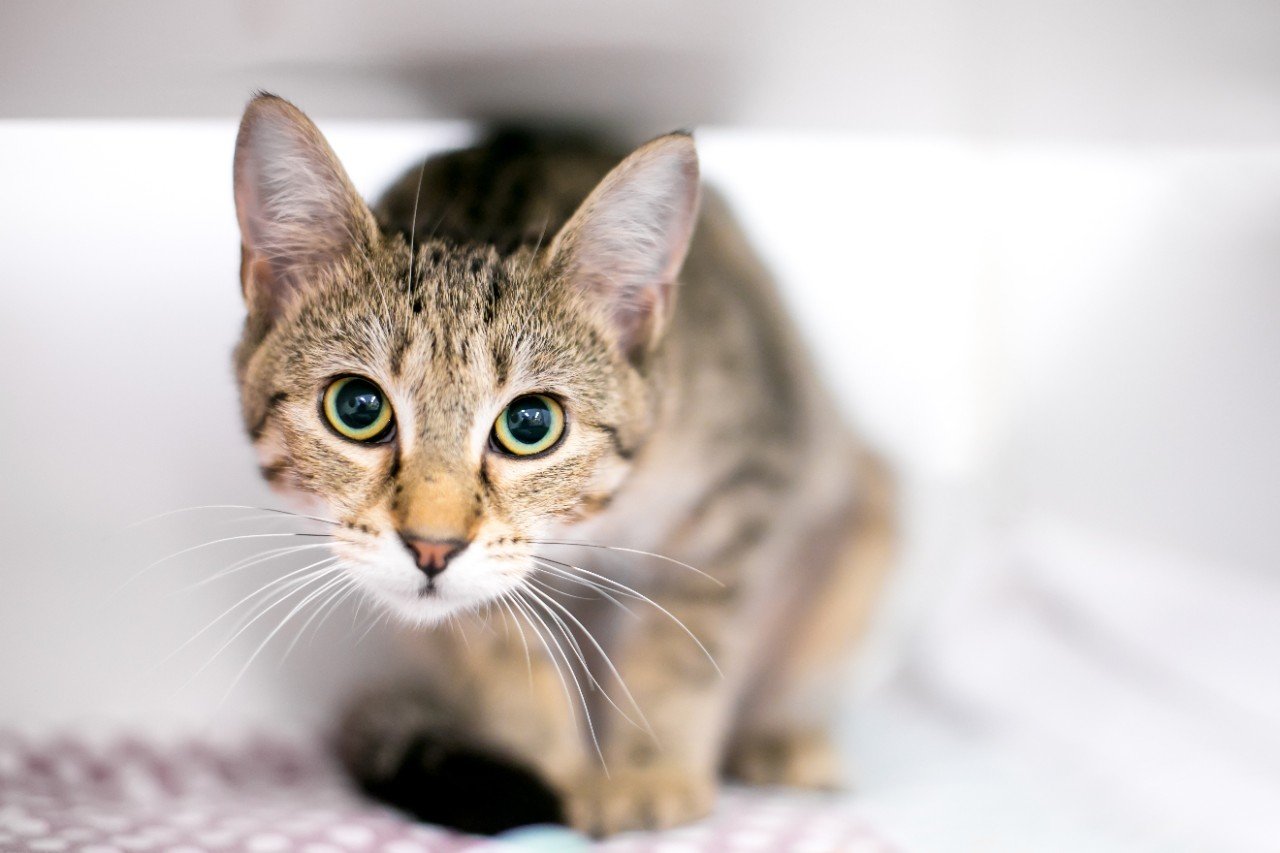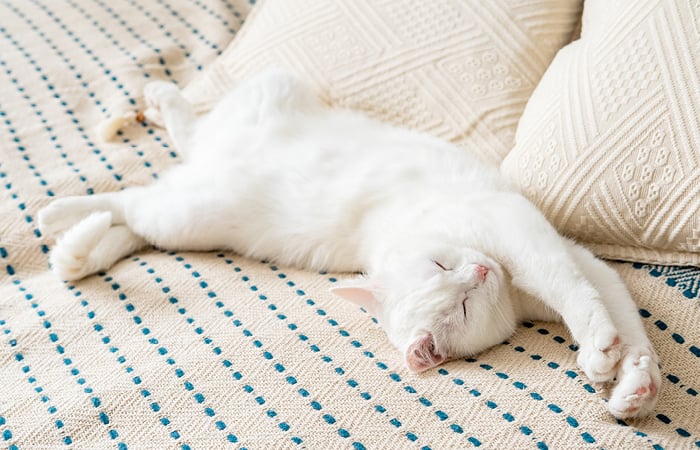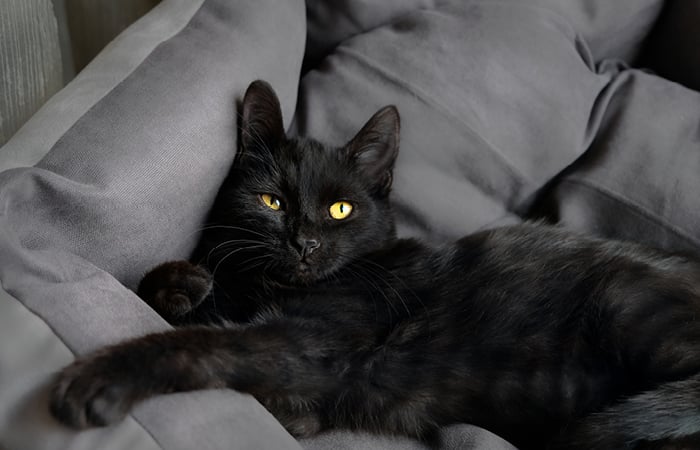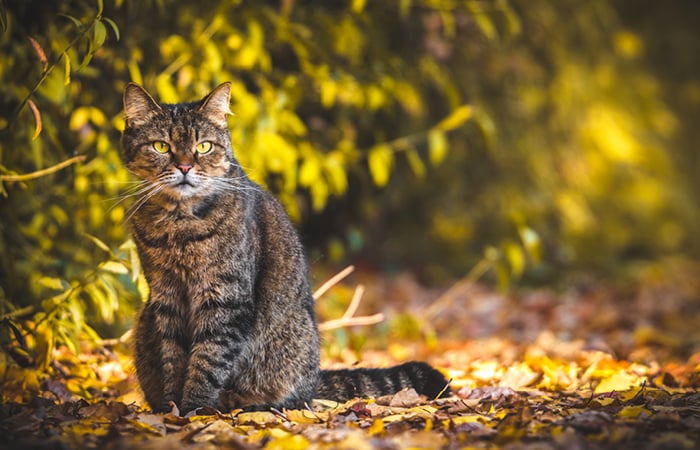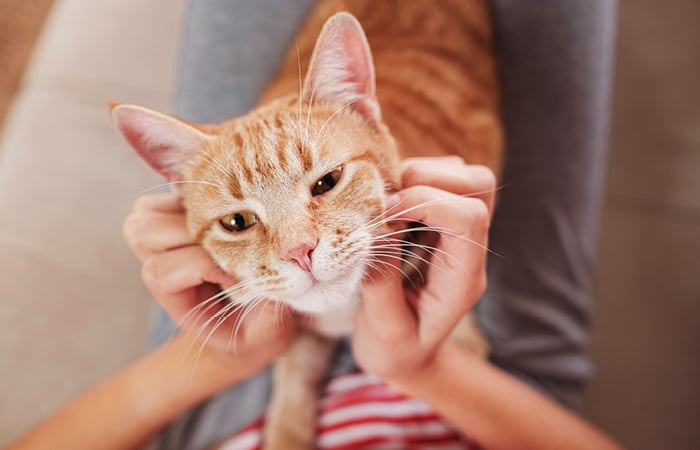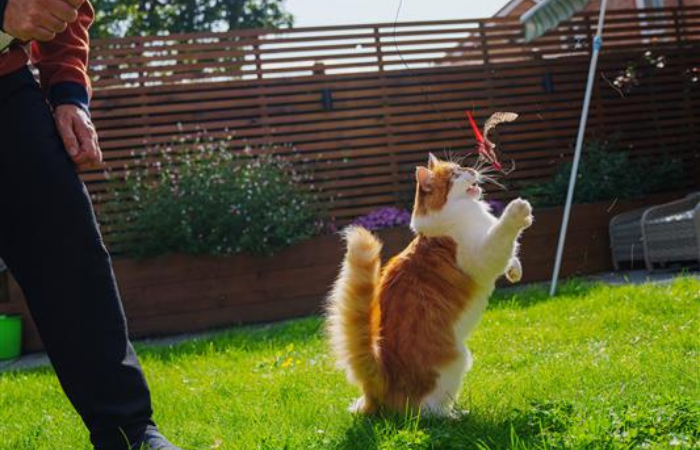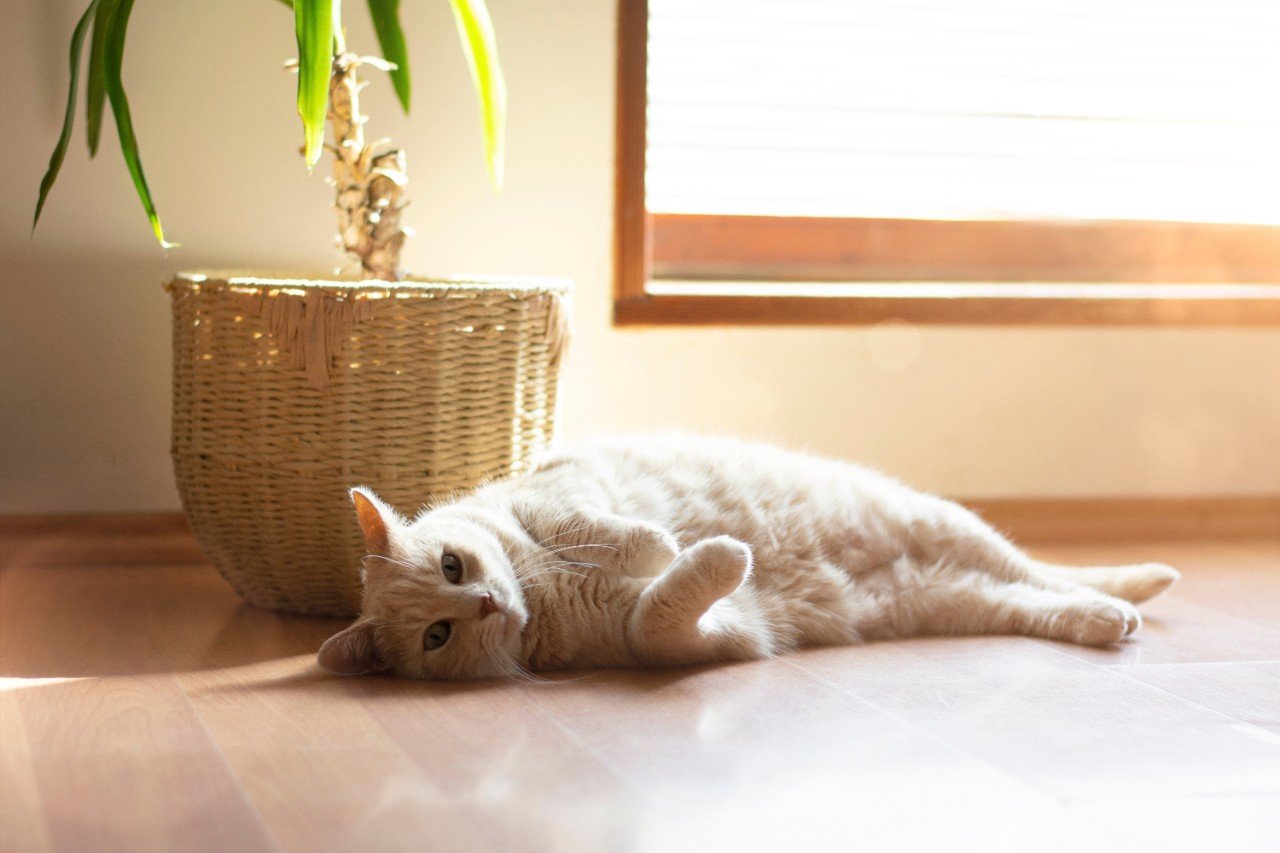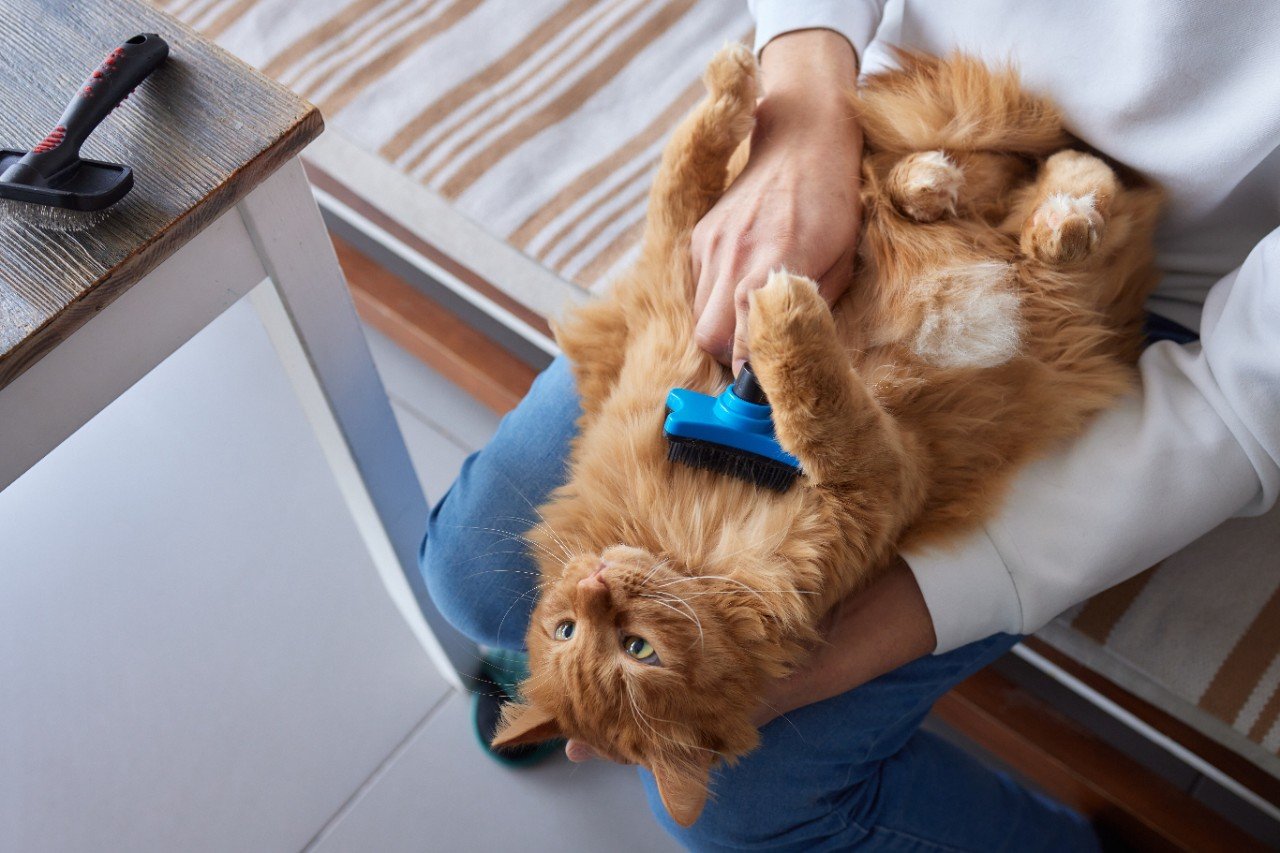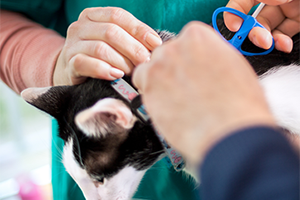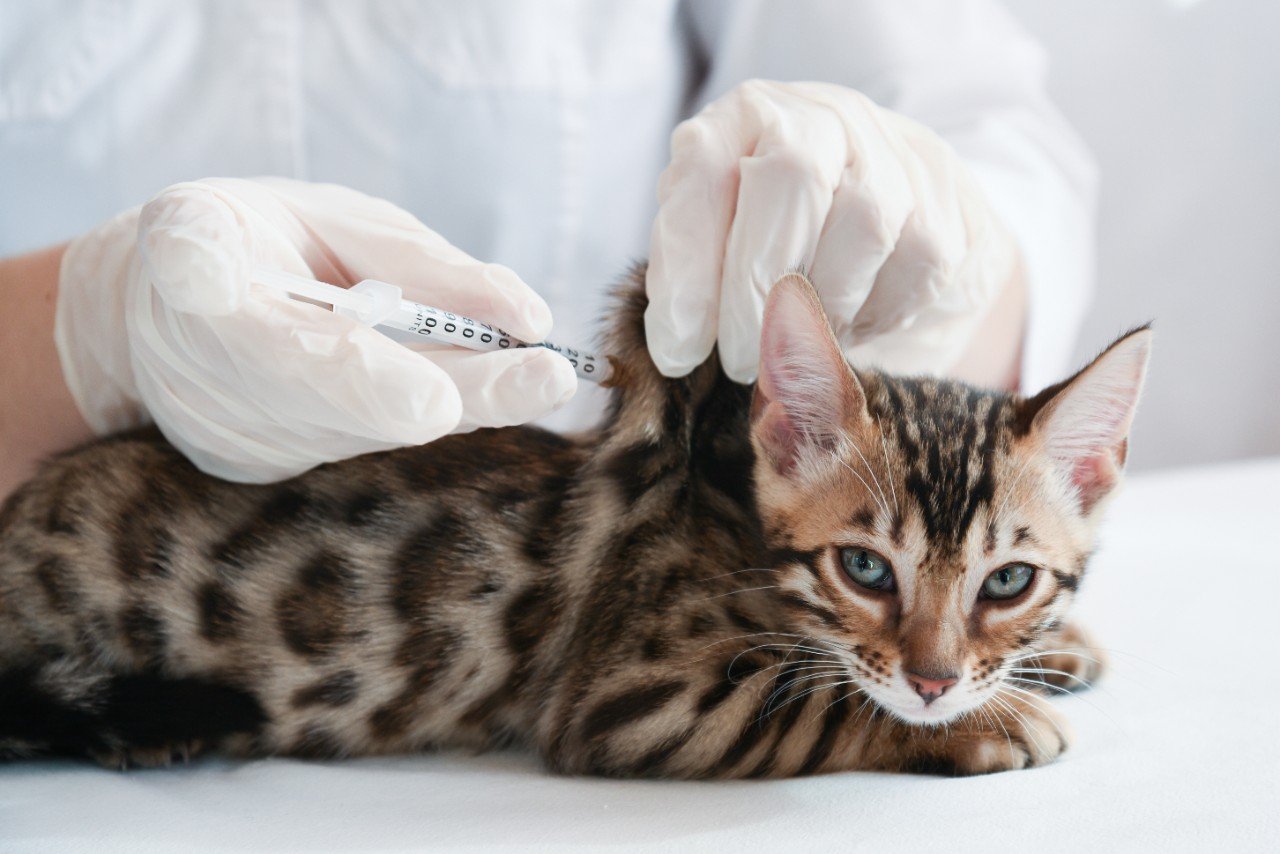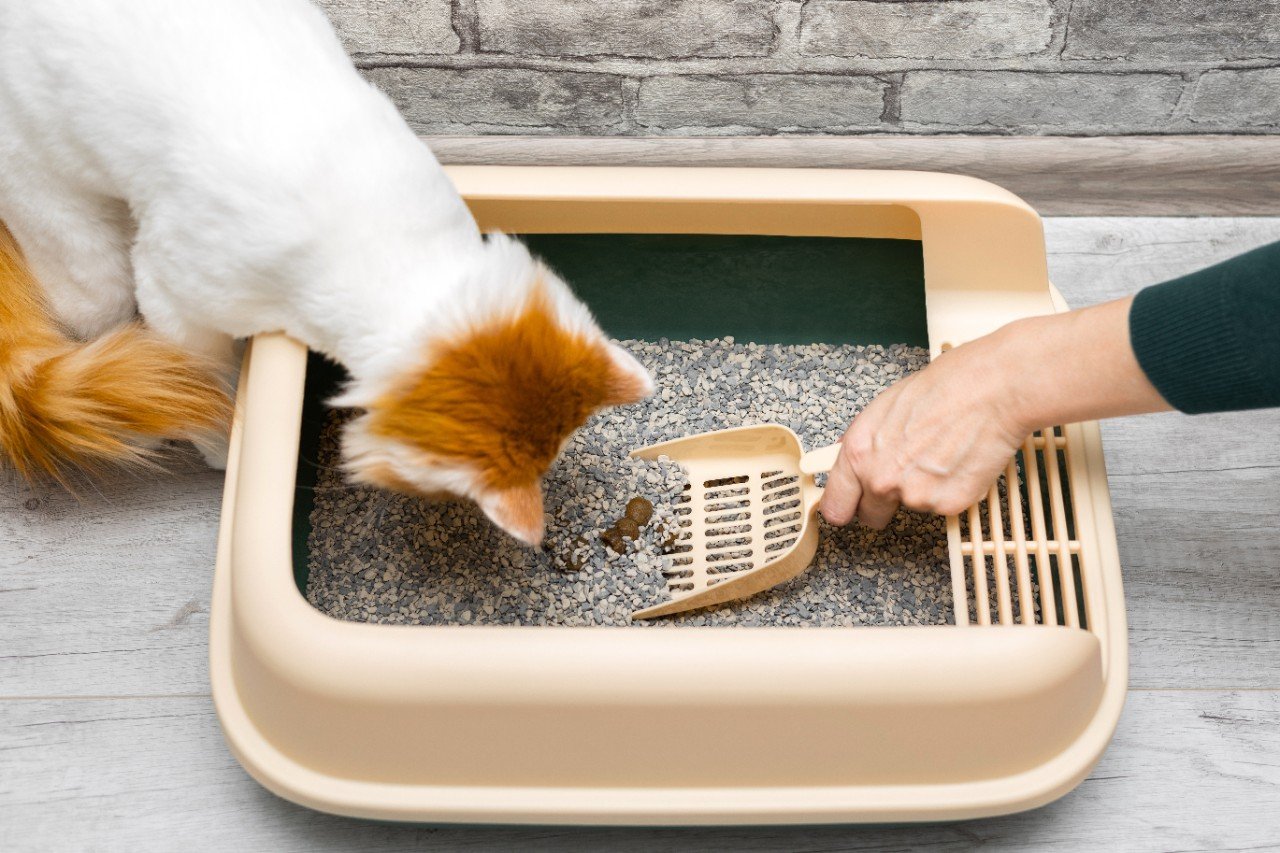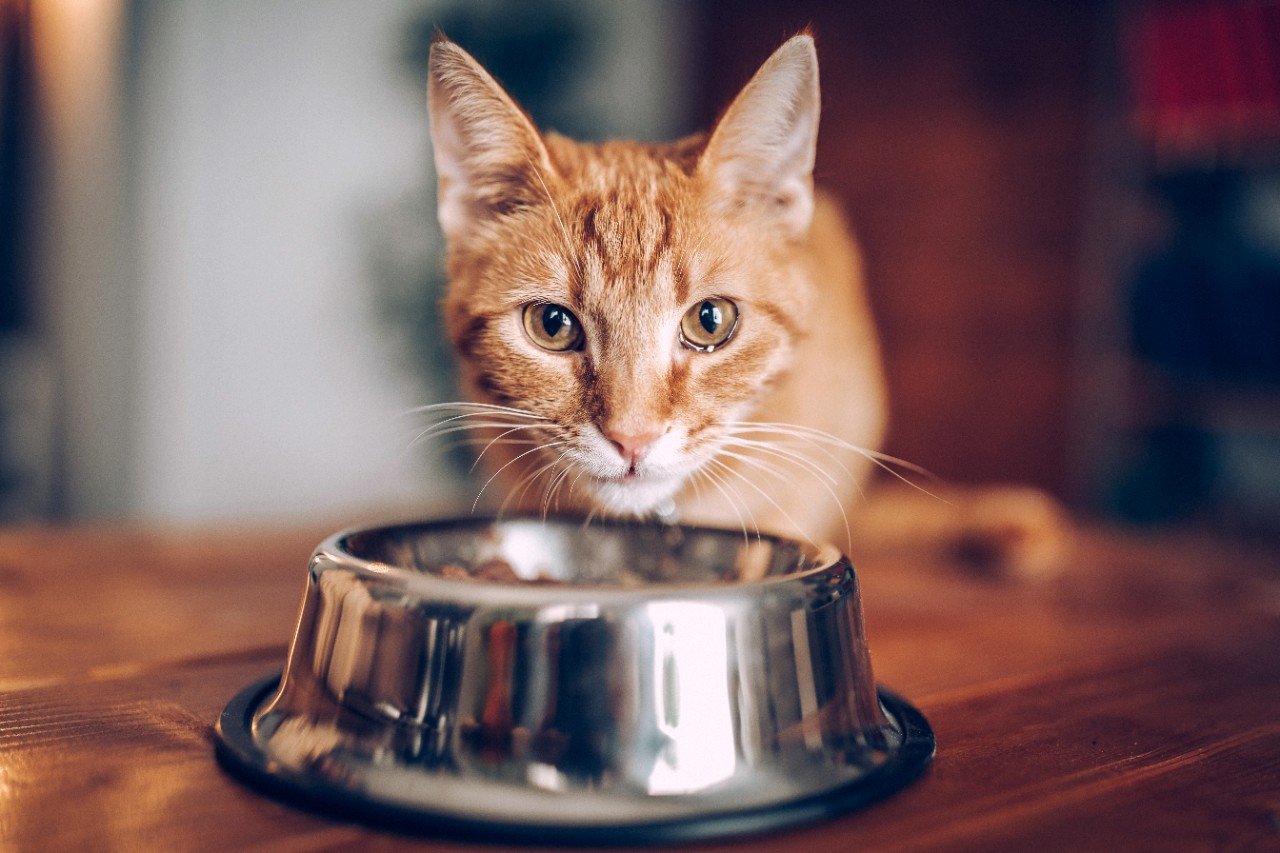
Bengal

A mischievous and intelligent breed with endless energy
Vital stats
Swipe to view more
| Size: | Medium to large |
| Coat: | Sleek and glossy, leopard-like coat |
| Life span: | 12 – 16 years |
| Temperament: | Intelligent, adventurous, loyal |
Bengal personality & temperament

A Bengal cat is loyal and loving, and in return for plenty of active play and attention, they’ll reward you with affection and amusement.
- Just like the gorgeous Abyssinian, the Bengal cat personality is lively, curious and eager for adventure, so if you’re looking for a lap cat, you’ll need to look elsewhere.
- Their sense of adventure can sometimes spill into territorial behaviour towards other cats, so ensuring that they have enough resources in the home, lots of interactive play, feeding enrichment and space is recommended to avoid any run-ins with neighbouring cats. If this does happen, then consult a qualified behaviourist from the Animal Behaviour and Training Council for advice.
- If you’ve got the time (and the energy!) Bengal cats will play for hours with the right toys and interactive play.
- The Bengal cat temperament is sweet, loyal and loving. They bond well with their owners, but they also need their own space. They are suited to family life, as long as they are allowed plenty of space and time to play and explore.
- They tend to be proficient hunters, and interactive play is a must to provide them with an outlet for this natural behaviour.
Bengal food & diet

Bengals need a high-protein diet and will love fish and poultry!
- Like any cat breed, a Bengal cat’s diet must be appropriate for its age and life-stage. Bengal cats need food high in the proteins found in meat.
- The best wet food for Bengal cats is one that supports healthy digestion and contains amino acids, vitamins and omega-3 and omega-6 fatty acids to help maintain that famous Bengal glossy coat.
Bengal grooming & coat care

Bengals’ leopard-like coat is easily recognised among cat lovers. Despite this cat’s exotic colouring, their features are similar to other domestic cats.
- Bengal cats are known for their sleek and glossy coats. Bengal cat coat patterns are usually either spotted or marbled and come in brown and “snow” colours. They can also be black or charcoal, although these colours are not recognised for show cats.
- Some cats have that eye-catching Bengal glitter coat, which appears to sparkle in the sun.
- Bengal cat grooming can be fun for the cat and the owner, but the breed doesn’t need particular or special grooming, just a regular brush through.
- In fact, Bengal cats tend to shed much less than other breeds so the grooming is as much a bonding exercise as anything – just make sure kittens get used to grooming during the socialisation period.
- Regular brushing will help maintain their coat’s shine and allows you opportunities to spot any scratches, lumps, bumps or parasites.
Bengal training & behaviour

This lively and intelligent cat is lots of fun to train - if you can put the time in!
- Due to this breed’s combination of intelligence and energy, Bengal cat training can be challenging but rewarding and requires plenty of time and patience.
- Bengals often respond well to positive reinforcement training methods, for example to get used to a cat carrier, or tricks like playing fetch.
- A question we’re often asked about this breed is “how to train a Bengal cat not to bite”? Mostly, Bengal cats bite when they’re bored or excited, so ensure you have plenty of games for your cat or kitten to get started. Ensure biting is always focused on a toy and not encouraged around humans to keep fingers safe from sharp feline teeth – children should not be left unattended with an untrained Bengal cat.
- Good games for Bengal cats include anything they can chase and pounce on, such as a feather on a string or long, soft toy for grabbing and kicking with the back legs. Avoid using a laser pointer as these can cause frustration.
- Some, but not all, Bengal cats like to play with water, so try offering them a shallow, clean vessel like a clean litter tray, half fill it with water and pop in a few ping pong balls for your cat to bat.
- Bengal cats also love to climb and relish being high up, so an indoor climbing tree will help keep them out of mischief and away from your furniture!
Common Bengal health conditions

What to know before you buy or rehome a Bengal cat

Bengal cats’ temperaments make them lovely pets – but what do you need to know before bringing your new cat home?
- Buy your kitten responsibly and be wary of kittens posted for sale on unverified sites online.
- Bear in mind that while some cat breeds benefit from having a feline partner to play with, two Bengal cats just creates double the energy! Unless you’re adopting a bonded pair, you may want to consider having only one Bengal to see how you get on.
- Bengals are a great option for families and love to play, but they’ll need plenty of space to explore and do their own thing too.
- This shorter-haired breed is a great choice for owners looking for a pet with lower grooming requirements.
- There are no real notable Bengal cat personality problems, but be aware that some favour loud communication and can exhibit demanding behaviour, so prepare yourself for lots of cat chats!
Bengal frequently asked questions
Bengal insurance considerations
We always offer these things as standard:
Physiotherapy & pet therapies
Along with physiotherapy, which is covered within the Vet Bills benefit, we also cover Pet Therapies like herbal medicine, homeopathy and acupuncture. You can also claim for hydrotherapy, up to £500 per illness/injury in dogs and cats (no additional limit for rabbits).
Petplan is a trading name of Pet Plan Limited (Registered in England No. 1282939) and Allianz Insurance plc (Registered in England No. 84638), Registered office: 57 Ladymead, Guildford, Surrey GU1 1DB.
Pet Plan Limited is authorised and regulated by the Financial Conduct Authority. Financial Services Register No. 311969. Allianz Insurance plc is authorised by the Prudential Regulation Authority and regulated by the Financial Conduct Authority and the Prudential Regulation Authority. Financial Services Register No. 121849. Pet Plan Limited is a subsidiary of Allianz Insurance plc.
